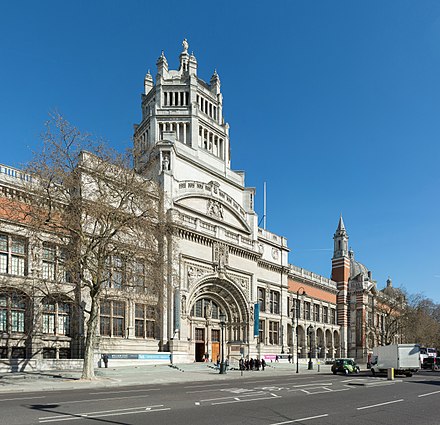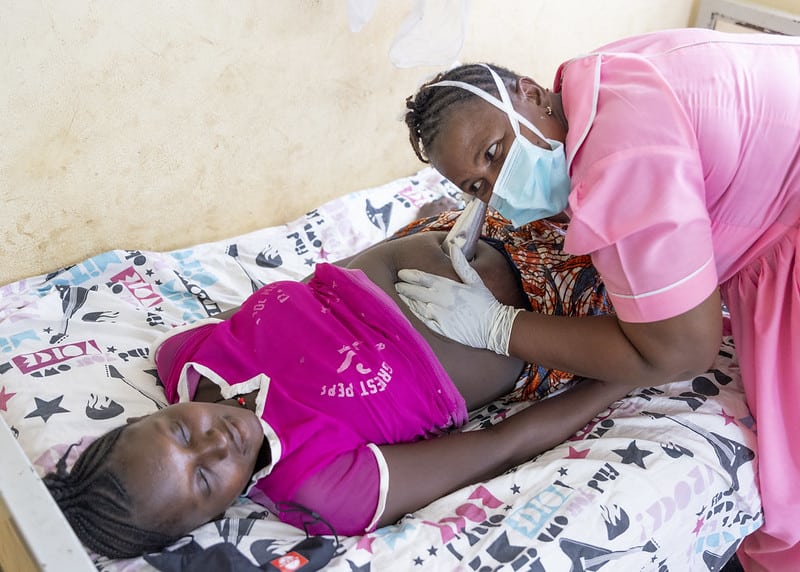What do Christian Louboutin shoes, an Xbox video game controller and the mosquito emoji have in common? They’re all part of the collection held by the Victoria and Albert Museum in London.
In 2014, the V&A, as it is known, started adding a wide-ranging set of handpicked modern items to supplement its well-known objects of art and design that include a 16th century desk that belonged to Henry VIII and the earliest photograph of London (1839).
The museum’s website says that, as part of its “rapid response collecting” program, “contemporary objects are acquired in response to major moments in recent history that touch the world of design and manufacturing. Many of the objects have been newsworthy either because they advance what design can do, or because they reveal truths about how we live.”
The mosquito emoji is expected to be released as part of the next iOS and Android updates as early as this month. One of 157 new emoji approved in February by the Unicode Consortium, the nonprofit governing body responsible for determining which emoji are added each year, the mosquito was proposed by the Johns Hopkins Center for Communication Programs and the Bill & Melinda Gates Foundation.
“Inserting an emoji into a text message or a tweet conveys meaning with one click, in one character,” says Marla Shaivitz, CCP’s director of digital strategy. “It’s another tool in the toolbox we use in our health communication work, particularly our efforts to prevent mosquito-borne illnesses such as malaria and Zika. With this new tool, we don’t have to speak the same language to understand one another. We just have to use this emoji to help people adopt healthy behaviors.”
The idea behind the mosquito emoji is to make it easier for people to communicate about the public health hazards of the most dangerous animal on Earth. Because mosquitoes spread diseases like malaria, Zika, dengue and yellow fever, they contribute to several million deaths and hundreds of millions of illnesses every year.
A mosquito emoji will give health professionals a quick way to communicate with the public about the presence of mosquitoes, and allow researchers to promote their work around mosquito-borne diseases more easily via social media.
So why is the museum including the Christian Louboutins? The museum chose the French company’s Nudes Collection, five different shades of “nude” high heels to represent skin tones beyond the light peachy-beige tone that is associated with Caucasian skin. “This was the first time that a major fashion house had adjusted its definition of nude to include skin colours other than white,” according to the museum’s web site.
The museum included the unique Xbox adaptive controller, which goes on sale this month, because it allows users with a range of abilities to play video games. “Users can make the controller fit their body in order to play with their feet or chin, for example,” the museum explains.
Other items in the collection: a pink knitted Pussy Hat worn during the 2017 Women’s March in Washington D.C. following the inauguration of Donald Trump, a Nest programmable thermostat, a pair of Katy Perry brand false eyelashes and a virtual reality headset.





